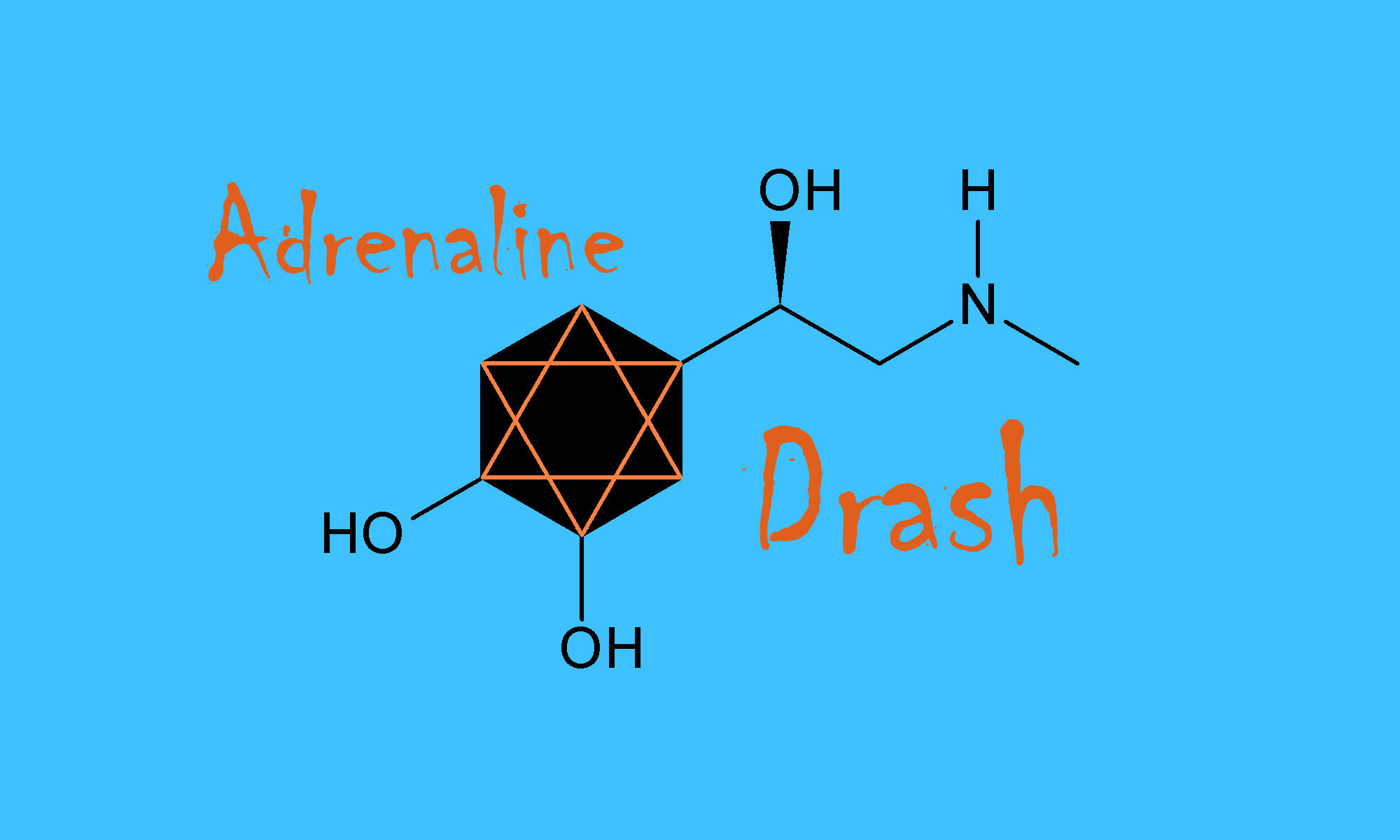 Jewish religious leaders I know struggle for three weeks every summer. These are the three weeks that span the time between the day the walls of Jerusalem were breached by Nebuchadnezzar on the 17th of Tammuz, 586 BCE and the 9th of Av, when the First Temple was destroyed.
Jewish religious leaders I know struggle for three weeks every summer. These are the three weeks that span the time between the day the walls of Jerusalem were breached by Nebuchadnezzar on the 17th of Tammuz, 586 BCE and the 9th of Av, when the First Temple was destroyed.
Most of those leaders are in some process of mourning for the pain of our past. In the meantime, the laity, temple affiliated or not, are spending these weeks squeezing in their last vacation time. They are going for a swim at a nearby pool, generally relaxing in the steam of a summer’s day.
Most American Jews I have met have never heard of Tisha B’Av (the 9th of Av) and do not know that this day marks not only the destruction of the First Temple, but the destruction of the Second Temple as well by Roman forces in 70 CE. They are unaware that the second destruction destroyed any semblance of Jewish sovereignty (not that there was so very much of that under the Romans) and that the crisis ushered in two thousand years of oppression and homelessness for Europe’s Jews. They do not know the litany of miseries many Jews experienced that occurred on this self-same day – expulsions, massacres, the liquidation of the Warsaw Ghetto.
One method of handling the fact that American Jews don’t “relate” to Tisha B’Av, its accompanying reading (the Book of Lamentations), or its rituals (a day long fast, among other things) has begun to drive me crazy.
It goes like this: Look for the light around the edges of the shadow. Find the blessings in the pain.
This approach mostly relies on making the case that if it weren’t for the destruction of the Second Temple, there would be no such thing as rabbinic Judaism, and that without the rabbis, Judaism would have died on the vine.
The argument goes that classical Judaism emerged from the life-saving work of rabbis who wrote down the Oral Tradition, made law into yet more literature in the Mishnah, composed the Tosefta, the Midrash, and the Talmuds that would function as the basis of a reconstituted Judaism, instituted the synagogue worship, and democratized the study of Torah.
But scholars like Seth Schwartz and Daniel Boyarin have long since demonstrated that the rabbis of the first three or four centuries after the destruction of the Second Temple were marginal to Jewish existence. Coinage demonstrates that a number of Jewish communities worshipped Greek gods. Burial sites feature pagan symbols and are nearly bereft of Jewish ones. Documents from the period demonstrate that rabbinical law is not governing marriage or trade agreements. It is not a subject for everyday life. Neither is Torah mentioned.
Archeological remains from synagogues of the first centuries after the destruction demonstrate that rabbis were widely ignored. Synagogues do not face the “correct” direction, entrances are in the wrong location, and the mosaics on the floors and walls demonstrate a remarkable love for pagan motifs. There is little to no evidence of a structured liturgy led by rabbis. Synagogues are used primarily for fundraising and festive meals (efforts mostly led by non-rabbinical village officials). The rabbis themselves don’t seem to be all that sympathetic to synagogal life, in any case, preferring, in the Mishnah, to write about and record a Temple cult that no longer existed.
Historians have known for decades that the rabbis had little to no power to make Jewish communities do much of anything. The rabbis were given their first real power by an institutionalized Christianity of the fourth and fifth centuries. Priests and bishops, now the representatives of the state religion, chose the rabbis as their complimentary functionaries. In significant measure, the rabbis owe their position in Jewish communities to Christian clergy.
So why is the actual material culture of our post-destruction ancestors relevant to our understanding of Tisha B’Av?
The Jews of Late Antiquity are proof that the am ha’aretz can be trusted. We have them to thank for the work of renewal. Somehow, despite giving their children Greek and Roman names, somehow despite their happy recital of incantations that evoked not only Adonai Tzvaot but other area deities, they held on to their ancestral identity.
We have to believe that American Jews at the pool and on vacation will do the same thing. They are, in fact, doing just that. What can Tisha B’Av mean? Let’s ask them. They will have answers. They always do.
We have already met with the worst that can be done to us short of a wholly successful act of genocide. Judaism will survive, no matter how our am ha’aretz morphs and changes and renews what it means to be Jewish and to practice Judaism. Jewish renewal is actually an ancient thing.
It doesn’t depend on rabbis.
